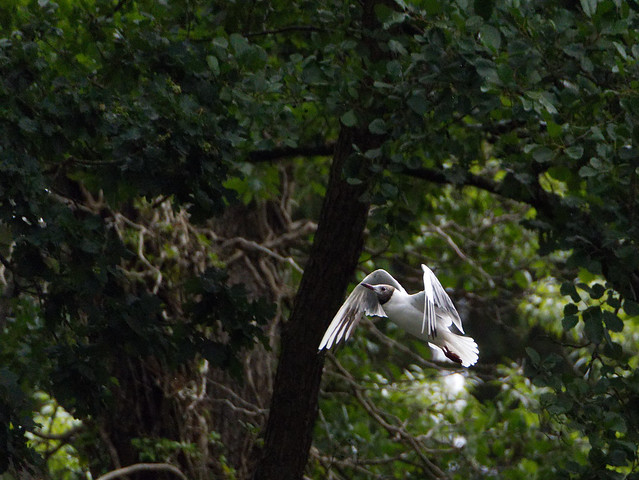- Messages
- 475
- Name
- Jim
- Edit My Images
- Yes
I've been using a Nikon D90 and a Sony RX100(i) and both are getting a bit long in the tooth. The Sony buttons are playing up and the Nikon is dated - it's also staying at home more due to size. The RX100's lack of viewfinder and one or two other things are beginning to annoy me. I'm thinking of replacing both with something mid sized like a Sony A6300 or Olympus em5ii but haven't looked into it much more. I have nothing invested in the Nikon system so will be starting almost from scratch. The Olympus 12 - 40 f2.8 appeals to me (partly for the weather sealing to match the em5ii) but I know absolutely nothing about Sony lenses.
Last edited:


 top dog
top dog Climbing
Climbing